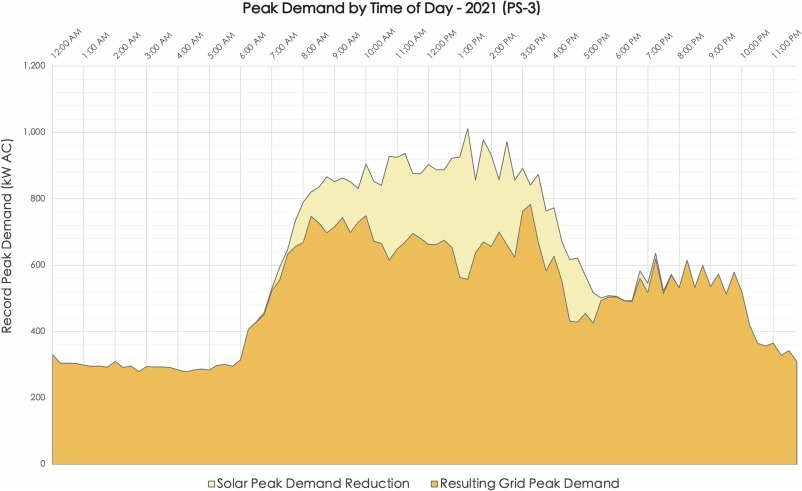Jan 25, 2024
‘Solar Energy Journal’ Debunks Myths that Rooftop Solar is Subsidized by Non-Solar Customers — Provides Scientific Evidence that Net-Metered Solar Saves Money for Utilities and Ratepayers

New scientific evidence-based research from the Solar Energy Journal debunks the myth promoted by electric utilities that ratepayers subsidize net-metered solar. The truth is just the opposite. This recently published scientific research adds data from real-world experience to prove the point.
Drawing on real-time 5- to 15-minute interval data collected over a period of one to three years from nine solar power systems installed across Virginia, along with published data from grid operator PJM about when the “coincident peak demand” times occur on the grid, the research was just published in a peer-reviewed paper in the February 2024 issue of the journal Solar Energy, “Optimizing solar capacity for commercial-scale PV systems: An empirical cost-benefit framework for all stakeholders.”
As its abstract puts it, “This paper debunks conventional dogma that distributed solar burdens non-participants with cross-subsidization, rather highlighting the need for policies which promote distributed solar access and more equitable energy grids.”
Co-authored by SSF President and Co-founder Tony Smith, with a PhD from the Wharton School of Management, and Andre Eanes, formerly SSF’s Technical Manager and currently a master’s degree student at the Yale School of the Environment, the paper provides evidence that rooftop solar not only benefits customers, but that distributed solar achieves significant benefits for utilities. By providing power at times when the grid needs it the most, called “coincident peak demand,” solar can help utilities meet increased demand during summer daytime peak periods less expensively.
Key points from the paper make the case that distributed solar doesn’t cost the grid money. Instead, it saves the grid money. And we’ve got the data to prove it:
- Actual operational data from nine commercial-scale solar PV systems in Virginia over single- to multi-year periods are used.
- Facilities analyzed encompass four different end-use categories with summer- and daytime-peaking (SDP) electricity demand.
- Granular performance analyses demonstrate a consistent potential to reduce peak demand for individual SDP customers and coincident peak demand for regional grids.
- Properly sized systems (large enough but not oversized) can maximize financial savings for commercial solar customers.
- With proper scale and policy support, solar PV can provide financial savings to solar customers, utilities, and utility ratepayers alike.
Read the whole article, or just get a summary from the abstract. Then, spread the word that utilities are wrong about the costs of rooftop solar. Net metering doesn’t represent a subsidy of solar customers by everybody else, as utilities have claimed. Instead, the truth is that solar customers provide money savings to the whole grid, offering benefits even to ratepayers who don’t have solar equipment themselves.